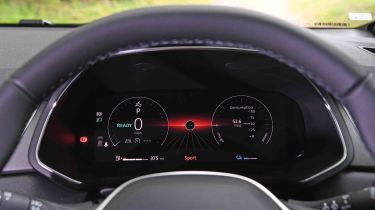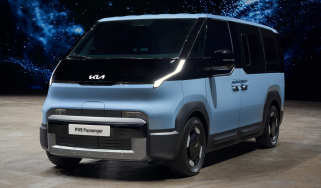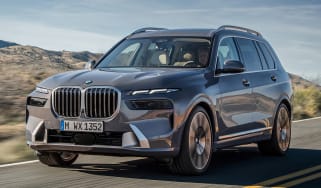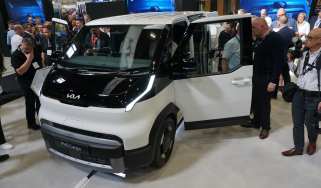Renault Captur - MPG, CO2 and running costs
The Renault Captur offers good value, and the hybrid version is quite efficient, too

Whichever powertrain you choose, the Renault Captur is unlikely to break the bank. The range starts from just over £21,000, which places it among the cheapest cars in the segment, while certain PCP finance deals can be paired with zero per cent APR to minimise the monthly payments.
Officially, the petrol model achieves up to 47.9mpg on the combined WTLP cycle, but fuel efficiency is what the hybrid model does best. Renault says it’ll return 60.1mpg; while we didn’t quite match that figure when we ran a Captur on our fleet, we achieved 53.2mpg over the course of six months and 9,000 miles of driving, with plenty of those journeys covered on motorways.
When you’re in town, the Captur’s ability to cover around 80 per cent of its mileage in full-electric mode means that the official figure should come within close reach.
| Model | MPG | CO2 | Insurance group |
| Renault Captur TCe 90 | 47.9mpg | 134g/km | 11E |
| Renault Captur E-Tech 145 | 60.1mpg | 105g/km | 16E |
Tax
From the second year onwards, the hybrid Captur costs £180 annually in VED charges. While fully electric vehicles are significantly cheaper for company-car users to run, the Captur E-Tech’s low CO2 emissions of 105g/km help it to undercut many other petrol and hybrid cars in its class.
Insurance
Depending on powertrain and trim, the Captur’s insurance groups range from 11 to 16, with the lowest E-Tech hybrid model starting at group 14.
Depreciation
The second-generation Renault Captur is a respectable performer in terms of residual values. Data from our experts suggests that it will retain between 52 and 55 per cent of its original list price over three years and 36,000 miles, depending on the chosen powertrain and trim. The 1.0 TCe 90 Evolution model is the best performer, and should retain around 55 per cent.
To get an accurate valuation for a specific model, check out our valuation tool...








